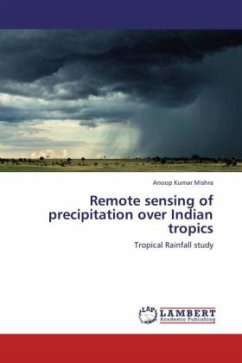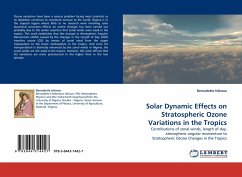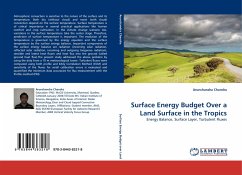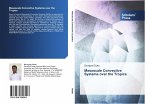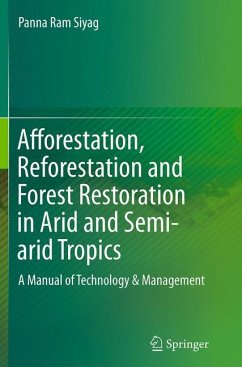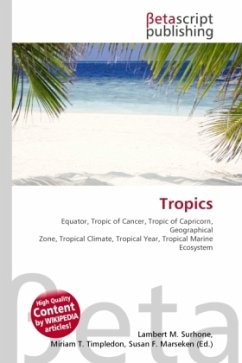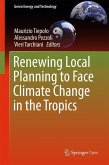Precipitation is one of the most variable atmospheric parameter in space and time. It influences the dynamics of the earth s atmosphere. Three-fourth of the energy that drives atmospheric circulation is generated from the latent heat released by the precipitation. Precipitation has many applications in agriculture, hydrology, flood predication, water management and climatology. Despite its importance, precipitation is one of the most difficult atmospheric parameters to measure because of its large variability in space and time. Many investigators have focused upon getting better rainfall intensity information using combination of ground based radars and dense network of rain gauges but such information is available only for limited areas because of their insufficient coverage over large part of the land and most of the oceans. Meteorological satellites provide viable alternate that can be used to estimate the rainfall intensity. In this study an attempt has been made for the rainfall estimation using satellite remote sensing.
Bitte wählen Sie Ihr Anliegen aus.
Rechnungen
Retourenschein anfordern
Bestellstatus
Storno

